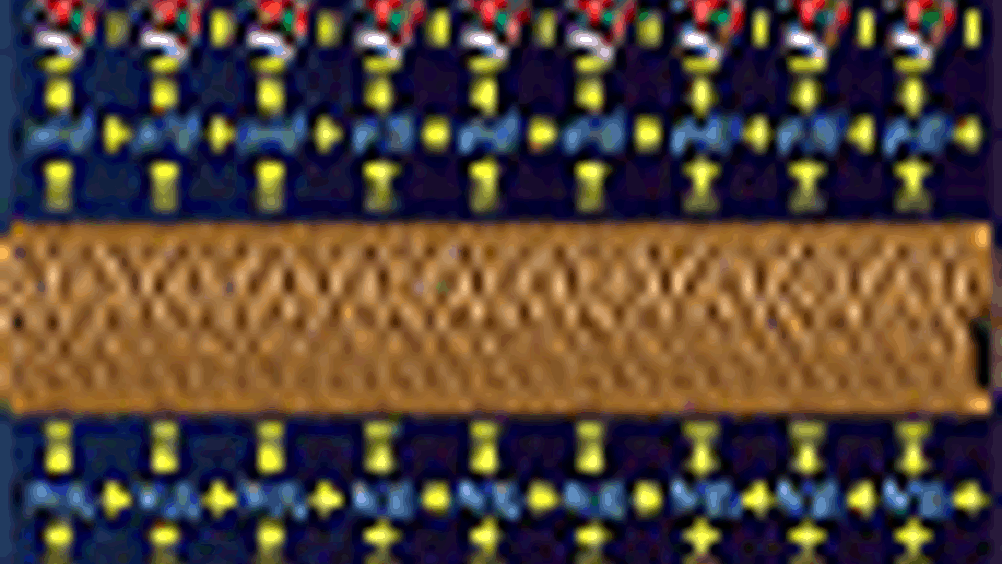Wrap around research

Pacific Northwest National Laboratory scientists have used electrostatic attraction to layer reactive biological molecules around string-like carbon nanotubes.
The configuration can accommodate a wide range of applications, from ultra-precise blood-sugar monitoring to infectious-agent detection, said Yuehe Lin, who led the research at the Department of Energy campus’ W.R. Wiley Environmental Molecular Sciences Laboratory.
The technique enables enzymes, with the help of a long polymer molecule, to self-assemble layer-by-layer on a single carbon nanotube.
Lin and colleague Guodong Liu, a postdoctoral fellow in Lin’s group, coaxed electrostatic properties in a polymer and an oppositely charged protein-enzyme, in this case glucose oxidase, which reacts in the presence of blood sugar.
The catalysed products from the reaction ping the carbon nanotube; if the tube is connected to an electrode, the tube will carry a signal that corresponds precisely with the amount of glucose detected. The first polymer binds to the carbon nanotube. Enzymes are attracted to the polymer, leaving an outer layer for the next polymer of opposite charge to cling to, and so on.
Register now to continue reading
Thanks for visiting The Engineer. You’ve now reached your monthly limit of news stories. Register for free to unlock unlimited access to all of our news coverage, as well as premium content including opinion, in-depth features and special reports.
Benefits of registering
-
In-depth insights and coverage of key emerging trends
-
Unrestricted access to special reports throughout the year
-
Daily technology news delivered straight to your inbox










CCC Report Finds UK Climate Targets Still Within Reach
In 1990 67% of the UK´s electricity came from coal-fired power stations and even without renewables the transition to gas was a major contributor to...